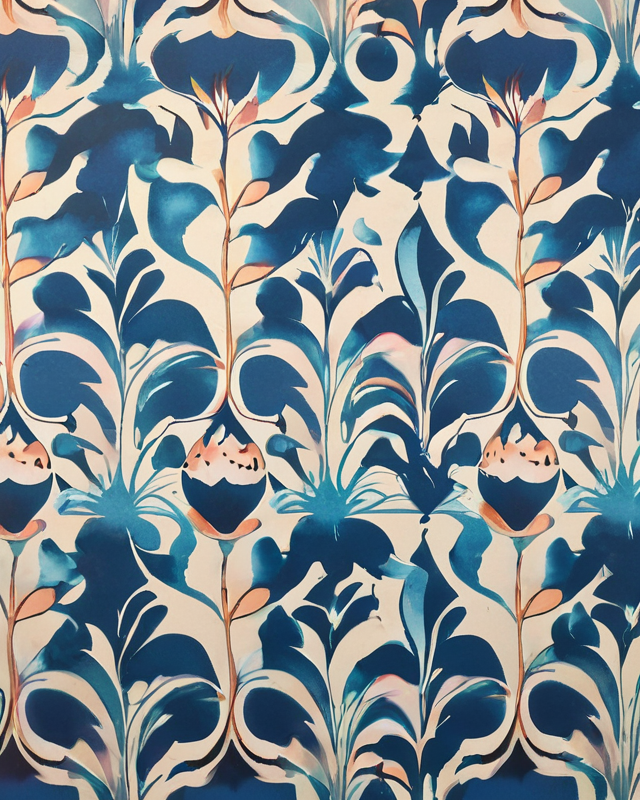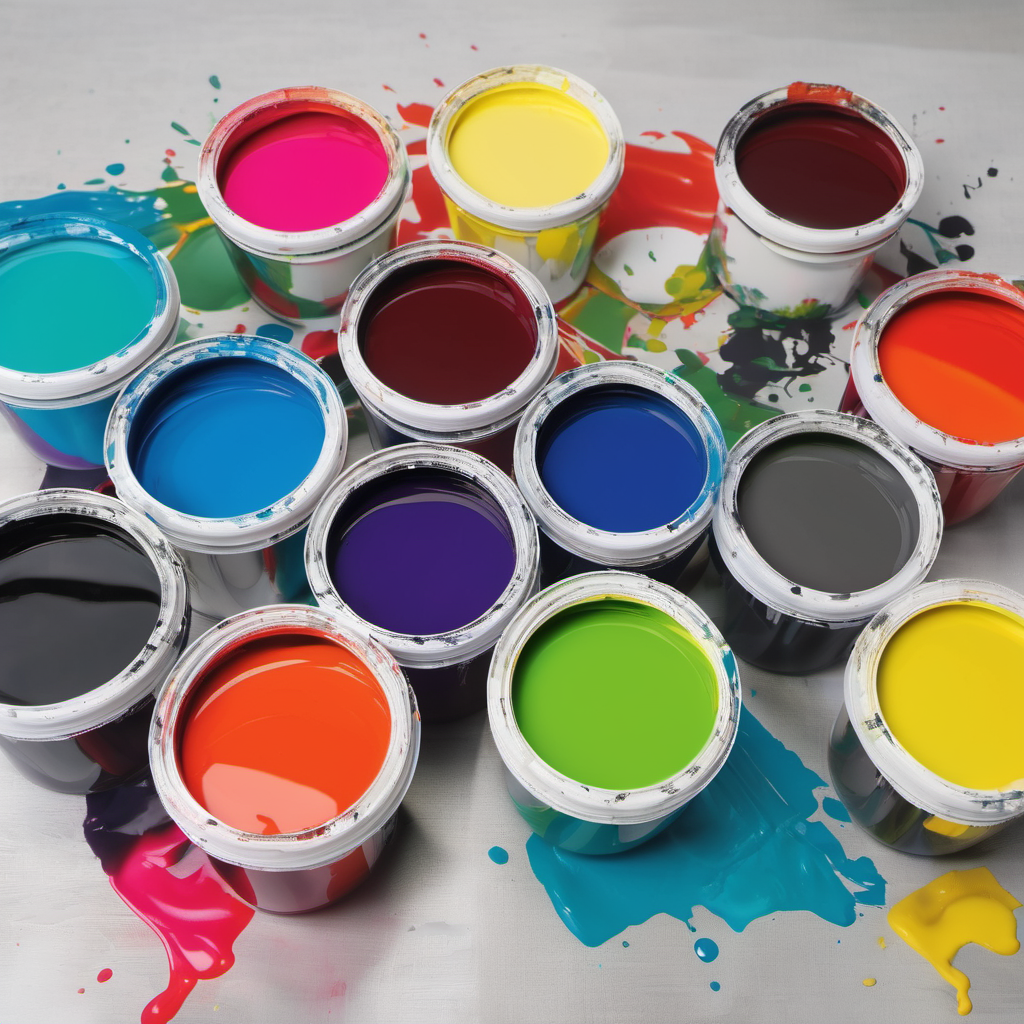In the realm of interior design, the walls of our homes have long served as canvases for self-expression and ambiance-setting. From traditional paint to innovative wallpaper designs, the options for beautifying our living spaces have continuously evolved. However, in recent years, a significant transformation has been brewing in the wallpaper industry, driven by the rise of water-based wallpaper ink.
Water-based wallpaper ink represents a revolutionary shift in both the manufacturing process and the end product’s environmental impact. Traditionally, wallpaper ink has been solvent-based, relying on volatile organic compounds (VOCs) that release harmful chemicals into the air during application and throughout the wallpaper’s lifespan. This not only poses health risks to individuals but also contributes to air pollution and environmental degradation.
In contrast, water-based wallpaper ink offers a cleaner, safer, and more sustainable alternative. By utilizing water as the primary solvent, manufacturers drastically reduce VOC emissions, making the printing process more environmentally friendly and healthier for both consumers and workers. Additionally, water-based inks are often formulated with non-toxic pigments, further minimizing potential health hazards.
The implications of this shift extend far beyond mere environmental consciousness. In 2024, water-based wallpaper ink has sparked a wave of innovation and creativity in interior design:
-
Versatility in Design: Water-based ink technology allows for intricate and vibrant designs with enhanced color accuracy and saturation. Designers now have greater freedom to experiment with patterns, textures, and gradients, resulting in wallpaper that not only enhances the aesthetic appeal of a space but also tells a story or evokes a particular mood.
-
Customization: With advancements in digital printing techniques, water-based wallpaper ink enables on-demand customization. Homeowners can work directly with designers or choose from an array of digital libraries to create bespoke wallpapers tailored to their preferences, whether it’s a whimsical mural, a geometric pattern, or a photographic landscape.
-
Durability and Maintenance: Contrary to common misconceptions, water-based inks offer excellent durability and resistance to fading, ensuring that wallpaper retains its beauty and vibrancy for years to come. Furthermore, water-based wallpaper is often easier to clean and maintain, making it an ideal choice for high-traffic areas or households with children and pets.
-
Sustainability: As sustainability continues to be a driving force in consumer preferences, the adoption of water-based wallpaper ink aligns with the growing demand for eco-friendly products. Manufacturers are increasingly prioritizing sustainable practices, from sourcing renewable materials to minimizing waste throughout the production process.
-
Health and Well-being: By eliminating harmful chemicals and reducing indoor air pollution, water-based wallpaper ink promotes healthier indoor environments. This is particularly significant for individuals with respiratory conditions or allergies, as well as families with young children who are more susceptible to environmental toxins.
In conclusion, the advent of water-based wallpaper ink marks a transformative moment in the evolution of interior design. Not only does it offer unparalleled aesthetic possibilities, but it also embodies a commitment to sustainability, health, and innovation. As we embrace the possibilities of this technology in 2024 and beyond, we can look forward to creating living spaces that are not only visually stunning but also environmentally responsible and conducive to well-being.


